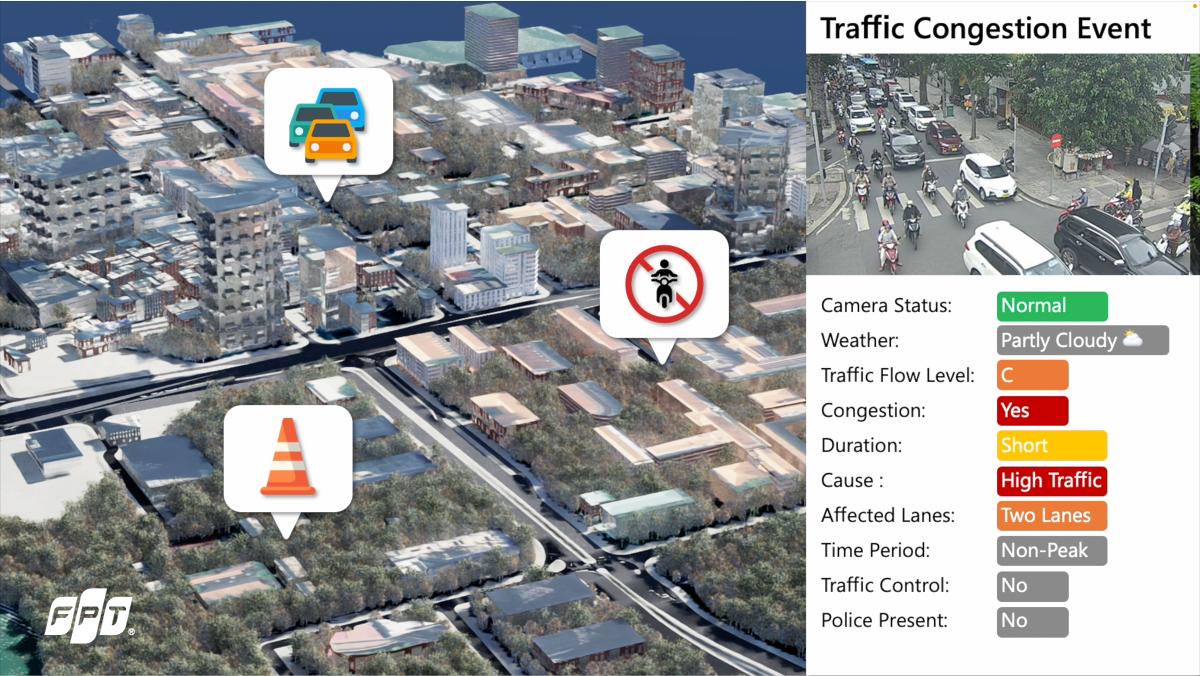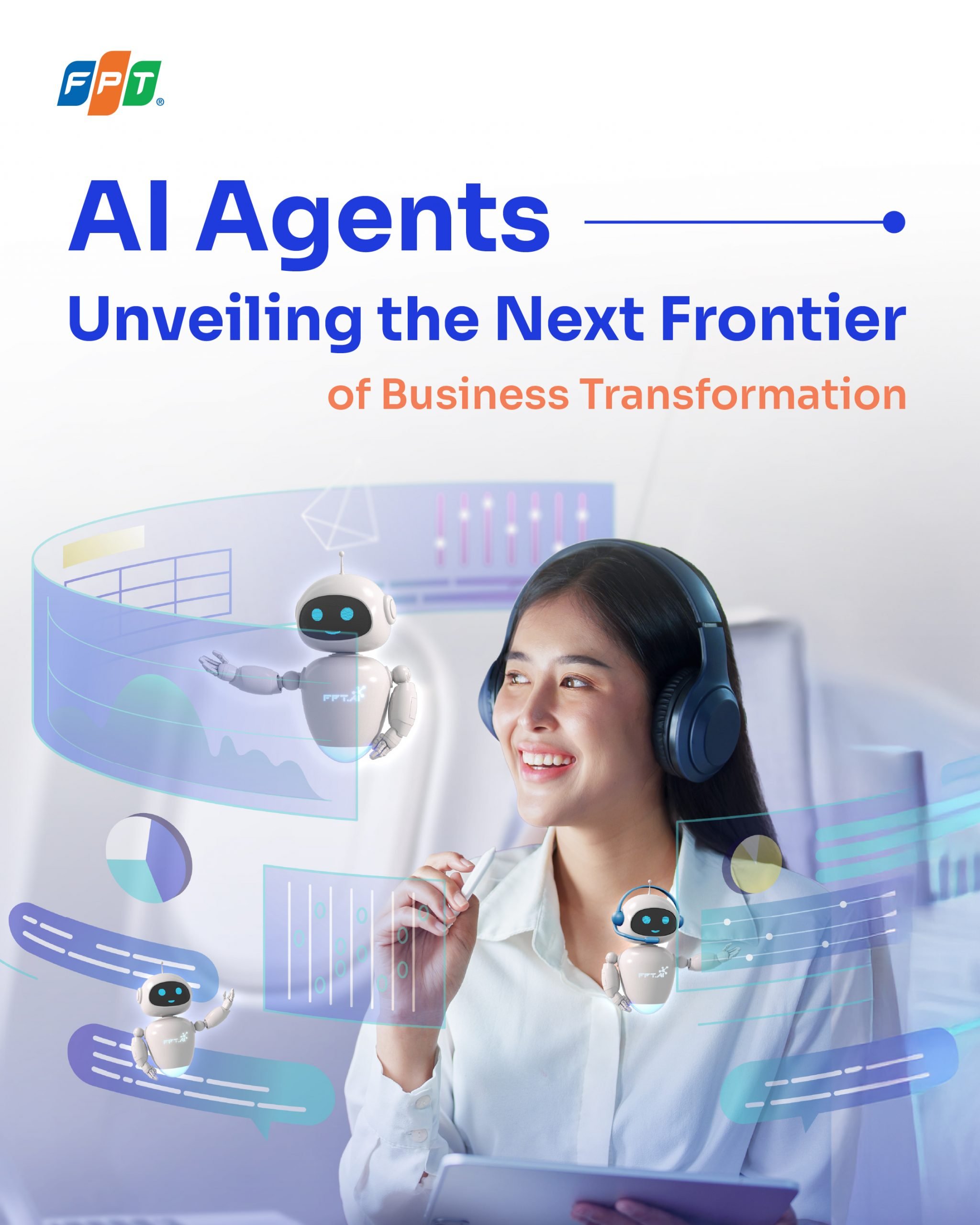Augment Computer Vision Applications with Agentic AI
Augment Computer Vision Applications with Agentic AI
Table of Contents
Today’s computer vision systems are highly effective at detecting what happens in physical environments: identifying objects, anomalies, or events. However, they still struggle to explain why those events matter, articulate fine-grained scene details, or reason about what could happen next.
Agentic intelligence powered by vision language models (VLMs) can help bridge this gap, giving teams quick, easy access to key insights and analyses that connect text descriptors with spatial-temporal information and billions of visual data points captured by their systems every day.
There are three practical ways organizations can upgrade their existing computer vision systems by integrating agentic AI capabilities:
- Apply dense captioning for searchable visual content.
- Augment system alerts with detailed context.
- Use AI reasoning to summarize information from complex scenarios and answer questions.
Making Visual Content Searchable With Dense Captions
Traditional video search tools built on convolutional neural networks (CNNs) often lack context and semantic depth. They are optimized for narrow tasks such as object detection but cannot describe scenes or convert vision into text. As a result, teams still spend significant time manually reviewing footage to extract insights.
By embedding VLMs into existing applications, businesses can automatically produce highly detailed captions for both images and videos. These captions transform raw visual data into rich, searchable metadata, enabling flexible search beyond simple filenames or labels.
This approach is already proving its value. For example, advanced inspection platforms have used VLM-powered understanding to transform millions of images into structured reports, dramatically improving accuracy and reducing manual effort. Systems enhanced with agentic AI have achieved up to 96% defect-detection accuracy, compared with roughly 24% using manual inspection, reducing downtime and improving overall quality control.
For enterprises in manufacturing, transportation, and public services, dense captioning enables transparent, consistent insights essential for compliance, safety, and operational excellence.
Augmenting Computer Vision System Alerts With VLM Reasoning
CNN-based computer vision systems often generate binary detection alerts such as yes or no, and true or false. Without the deep reasoning powered by VLMs, these alerts may trigger false positives, overlook key details, or fail to provide context. This can lead to unnecessary operational costs, reduced trust in automation, and poor decision-making in safety-critical environments.
Instead of replacing existing infrastructure, organizations can layer VLMs on top of current CV systems to create an intelligent review mechanism. When an incident is detected, the VLM adds context: clarifying where it happened, how it occurred, and why it matters.
Smart-city applications have shown the power of this approach. For instance, Linker Vision uses VLMs to verify critical city alerts, such as traffic accidents, flooding, or falling poles and trees from storms. This reduces false positives and adds vital context to each event to improve real-time municipal response.

Linker Vision’s architecture for agentic AI involves automating event analysis from over 50,000 diverse smart city camera streams to enable cross-department remediation, coordinating actions across teams like traffic control, utilities, and first responders when incidents occur. The ability to query across all camera streams simultaneously enables systems to quickly and automatically turn observations into insights and trigger recommendations for next best actions.
Automatically Analyze Complex Scenarios With Agentic AI
As organizations expand their sensor networks, spanning video, audio, text logs, and IoT devices, they need AI that can reason across all modalities, not just vision. This is possible by combining VLMs with reasoning models, large language models (LLMs), retrieval-augmented generation (RAG), computer vision, and speech transcription.
A simple VLM integration is sufficient for verifying short clips, but standalone models are limited by the number of visual tokens they can process. This often results in shallow, surface-level answers. However, this approach is limited by how many visual tokens a single model can process at once, resulting in surface-level answers without context over longer time periods and external knowledge.
In contrast, whole architectures built on agentic AI enable scalable, accurate processing of lengthy and multichannel video archives. This leads to deeper, more accurate, and more reliable insights that go beyond surface-level understanding. Agentic systems can be used for root-cause analysis or analysis of long inspection videos to generate reports with timestamped insights.
Source: NVIDIA












